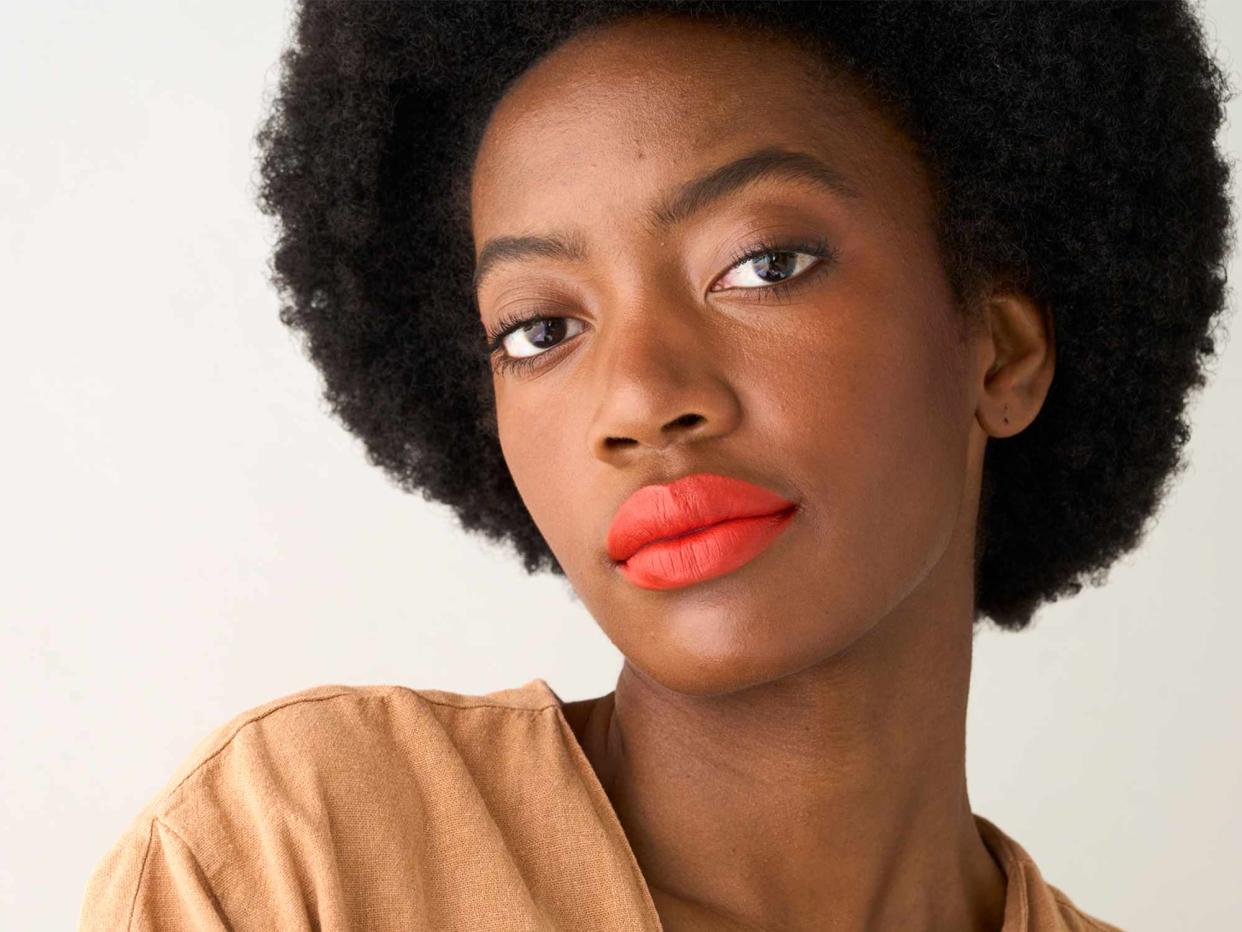What Does Setting Powder Actually Do? We Asked Makeup Artists to Explain

Stocksy
After spending time meticulously applying our foundation and concealer, the last thing we want is for it to crease or become oily. That's where setting powder comes in. It helps lock makeup in place and keep it looking fresh all day. But there is more to the staple product than simply keeping shine at a minimum.
To learn more about the benefits of setting powder, we chatted with Too Faced's executive director of global beauty Elyse Reneau, and Hourglass' director of global artistry and training, Vanessa Eckels. Ahead, they share everything you need to know.
Elyse Reneau is a makeup artist and the executive director of global beauty for Too Faced Cosmetics.
Vanessa Eckels is the director of global artistry and training for Hourglass.
What Does Setting Powder Do?
Setting powder’s overall role is to enhance your makeup and lock it in place. "It is typically applied on top of liquid or cream-based makeup to create a matte finish and to help prevent the makeup from smudging, creasing or transferring," Reneau says. Aside from shifting, cream-based makeup products–including foundation, concealer, and blush–can settle into fine lines throughout the day. Setting powder helps prevent this and acts as an oil absorber to give your skin a matte, blurred finish.
Types of Setting Powder
Milled, loose, and pressed are the three main types of setting powder, and the finish each provides sets them apart. Loose setting powder is a popular choice, especially for baking and brightening the high points of the face. It's often buildable and great for smoothening the texture of your makeup.
Milled setting powder stands alone when it comes to texture. "Milled setting powder is a finer grain that blurs texture and fine lines better. It's a finer particle, so it can really get into lines and wrinkles," Eckels says.
Meanwhile, pressed powder mostly controls shine in targeted areas. "Pressed powder is your touch-up powder," Eckels says. Reneau says it can also give you fuller coverage than milled or loose powder.
Translucent vs Colored Setting Powder
The difference between translucent setting powder and colored setting powder is that translucent setting powder has no definite color, while colored setting powder is created to complement skin tones. When choosing between translucent or colored setting powder, it's important to consider your makeup needs. "When applied, translucent setting powder provides a sheer and natural finish," Reneau says. Colored setting powder also provides a natural finish but often provides additional coverage. Skin-toned setting powders can serve multiple purposes. "They can help even out the skin tone, blur imperfections, and provide a slight color correction, such as reducing redness or brightening dullness," Reneau says.
How to Apply
Reneau recommends applying setting powder to areas that tend to get oily such as the T-zone (forehead, nose, and chin). You can use an oil-absorbing powder like Too Faced's Born This Way Ethereal Setting Powder ($39) to touch up those areas throughout the day to maintain a "freshly done" finish.
You can use a powder puff or a fluffy makeup brush to apply setting powder on top of your makeup. To avoid applying too much powder, tap the excess powder off the brush or puff before touching your face. "I prefer to use the Veil Powder Brush from Hourglass," Eckels says. "I load it up and press into the skin while rolling the brush across the [face]." Reneau also suggests "[using] a smaller brush to apply it to specific areas, such as under the eyes, to set concealer."
The Final Takeaway
If you want to keep your makeup looking fresh all day, you should be using a setting powder. It helps keep oiliness at bay, gives your skin a matte finish, and prevents your makeup from creasing. Another plus? Setting powder is incredibly easy to use. All you have to do is press your chosen powder onto the areas you want to set (like your T-zone or under your eyes), and you're good to go.
Up Next: Setting Powder and Finishing Powder Have One Key Difference, According to MUAs

